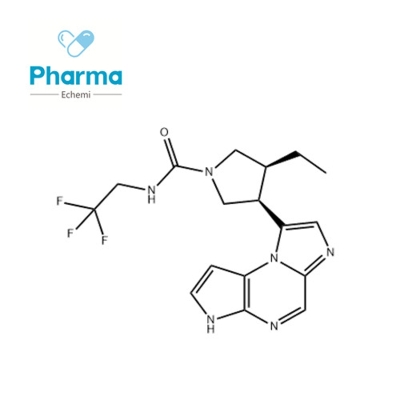A new regulatory mechanism of innate immunity of plants.
-
Last Update: 2020-07-22
-
Source: Internet
-
Author: User
Search more information of high quality chemicals, good prices and reliable suppliers, visit
www.echemi.com
The plant cell in a nutshell: a new regulatory mechanism in plant innate immunity by Jingjing Xing et al.this study demonstrated the role of phospholipase D δ in plant response to powdery mildew.Background: as an important part of plant innate immunity, penetration defense response is mainly based on the formation of mastoid structure to prevent fungi from invading plants.as a member of the phospholipase D (PLD) family in plants, PLD δ is a major functional subtype involved in Arabidopsis thaliana's defense response to barley powdery mildew fungus (bGH), and can significantly aggregate at the penetration site of bGH.as a key regulator of phospholipid signal transduction, the specific location of PLD is closely related to its function.however, little is known about the response mechanism of pathogens and the relocation of PLD δ.scientific questions: a large number of studies have focused on the role of phospholipid acids in activating downstream defense signal transduction in plants, but the details of subcellular transport and regulation of PLD δ in response to pathogens have not been fully elucidated.results: we found that PLD δ in Arabidopsis accumulated at the bGH invasion site.single particle tracer analysis showed that there was a higher density of PLD δ in plasma membrane after chitin treatment, because PLD δ experienced a large and rapid exocytosis.fluorescence resonance energy transfer assay showed that exocytosis promoted the aggregation of pathogen induced PLD δ in the atrem1.3-labeled membrane.PLD δ can be transported through the sensitive and insensitive pathways of BFA, and pathogen stimulation can significantly enhance the BFA sensitive exocytosis pathway.after pathogen invasion, PLD δ is transported through BFA sensitive snare mediated exocytosis.by analyzing the levels of phospholipid acid, peroxygenate and jasmonic acid (Ja) and the expression of related genes, we further revealed that the relocation of PLD δ is essential for triggering ROS and JA signaling pathways.in conclusion, our results elucidate a new regulatory mechanism that PLD δ is transported through the exocytosis pathway, which helps plants to perform penetrating defense responses against fungal pathogens.Outlook: Previous studies have reported that phospholipid acids (PA) produced locally by PLDs can cause membrane negative curvature, and recruit other proteins to promote membrane fusion.we will focus on the function of PLD δ - PA in exosomes membrane fusion of plant mastoid structure in the future.we will also investigate whether snare mediated exocytosis is affected by PLD δ - PA aggregation at the site of pathogen invasion. Jingjing Xing, Xiaojuan Li, Xiaohua Wang, Xueqin Lv, Li Wang, Liang Zhang, Yingfang Zhu, Qianhua Shen, František Baluška, Jozef Šamaj, Jinxing Lin. (2019). Secretion of Phospholipase Dδ Functions as a Regulatory Mechanism in Plant Innate Immunity. Plant Cell. words: PLDδ, secretion, penetration resistance, Key words: PLD δ, exocytosis, penetration defense reaction, membrane micro area recognition by pressing the two-dimensional code below***
This article is an English version of an article which is originally in the Chinese language on echemi.com and is provided for information purposes only.
This website makes no representation or warranty of any kind, either expressed or implied, as to the accuracy, completeness ownership or reliability of
the article or any translations thereof. If you have any concerns or complaints relating to the article, please send an email, providing a detailed
description of the concern or complaint, to
service@echemi.com. A staff member will contact you within 5 working days. Once verified, infringing content
will be removed immediately.







